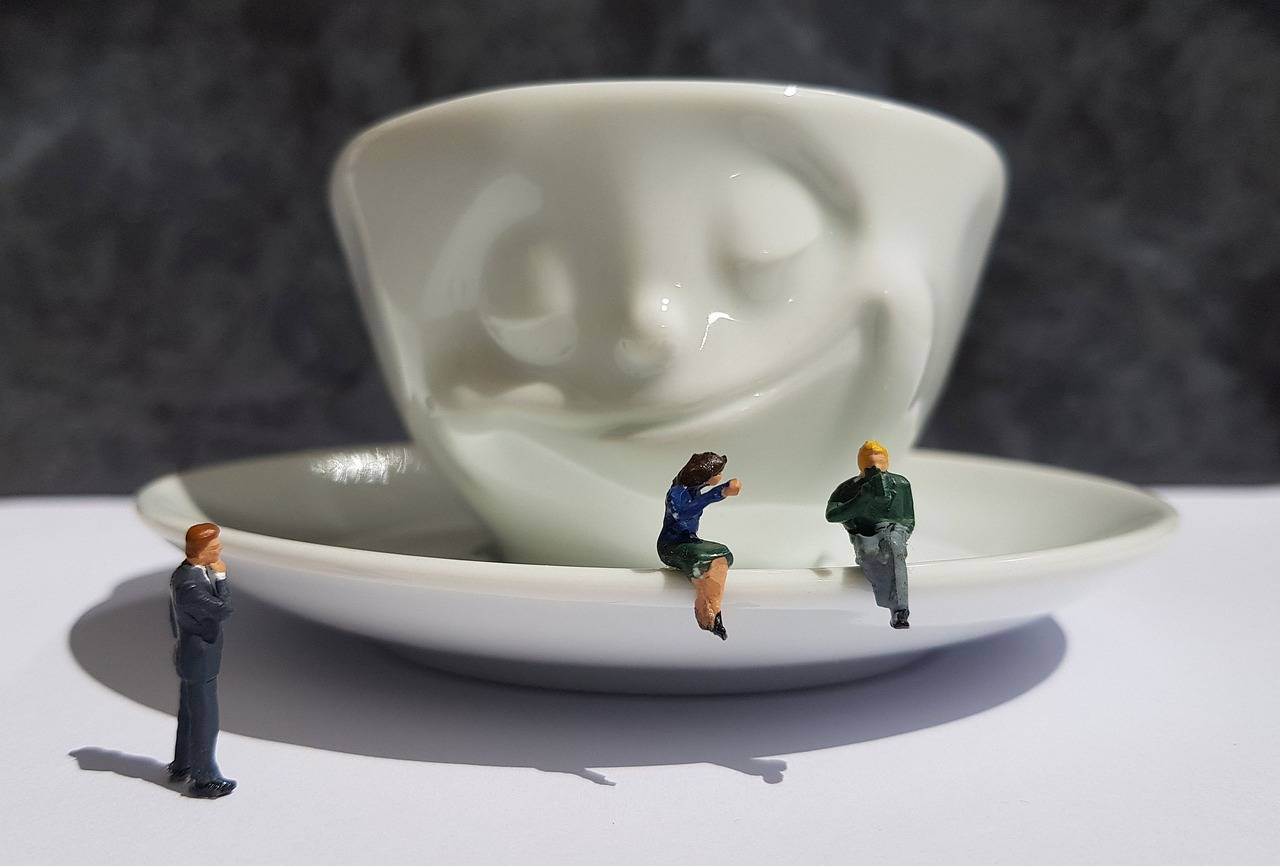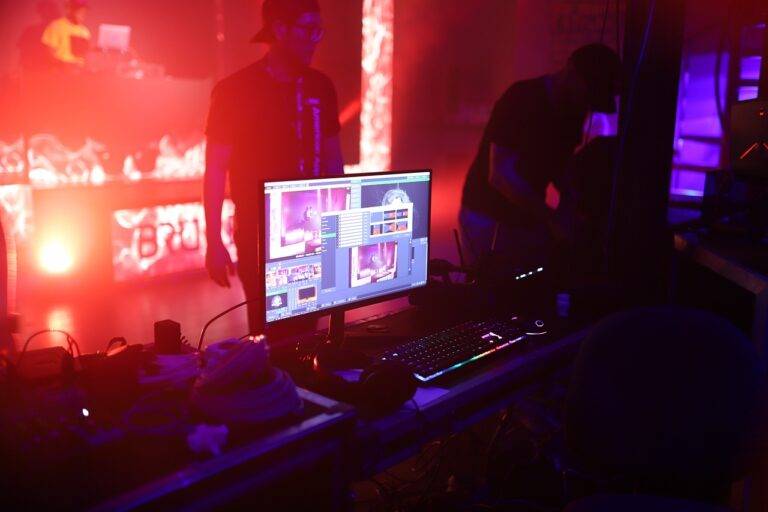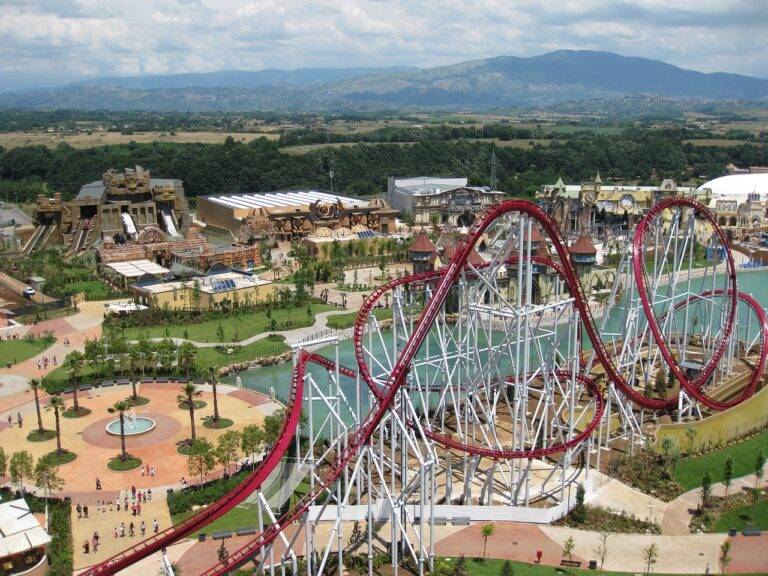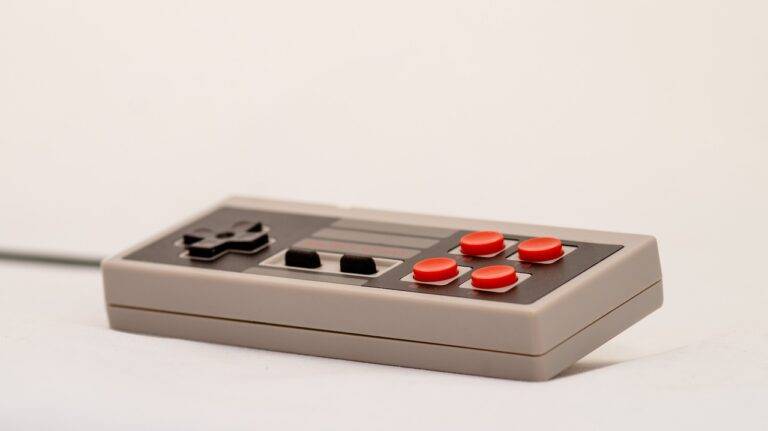The Evolution of Dance in Music Videos: Trends and Innovations
In the early days of music videos, dance styles played a crucial role in enhancing the visual appeal and storytelling of songs. Artists and choreographers collaborated to create iconic dance routines that became synonymous with the songs themselves. These early music videos often featured synchronized group dances, showcasing a sense of unity and precision among the dancers.
From Michael Jackson’s moonwalk in “Billie Jean” to Janet Jackson’s fierce moves in “Rhythm Nation,” dance styles in early music videos were not only entertaining but also pushed the boundaries of creativity. The incorporation of breakdancing, popping, and locking brought street dance styles to the forefront of mainstream media, influencing a generation of dancers and setting the stage for future dance trends in music videos.
Influence of Pop Culture on Dance Trends
Dance trends are intricately linked to the ever-evolving landscape of popular culture. From music videos to social media challenges, the influence of pop culture on the world of dance is undeniable. As new songs and artists emerge, so do new dance crazes that quickly capture the attention of the masses.
The power of social media has propelled dance trends to new heights, with viral videos spreading like wildfire across platforms. Influencers and celebrities play a significant role in shaping what moves become popular, with their choreography often setting the stage for the next big trend. As these dances permeate our screens and social feeds, they become ingrained in our collective consciousness, solidifying their place in pop culture history.
Innovations in Choreography Techniques
Choreography techniques have seen significant advancements in recent years within the realm of dance. Dancers and choreographers have been pushing boundaries and exploring new ways to express movement and emotion through their craft. One of the notable innovations is the integration of different dance styles, combining traditional and contemporary movements to create dynamic and unique choreography.
Another key development is the use of technology in choreography. Nowadays, dancers are incorporating projections, lighting effects, and interactive elements into their performances to enhance the overall visual experience. This fusion of dance and technology has allowed for a more immersive and captivating audience engagement, adding a new dimension to the art of choreography.





